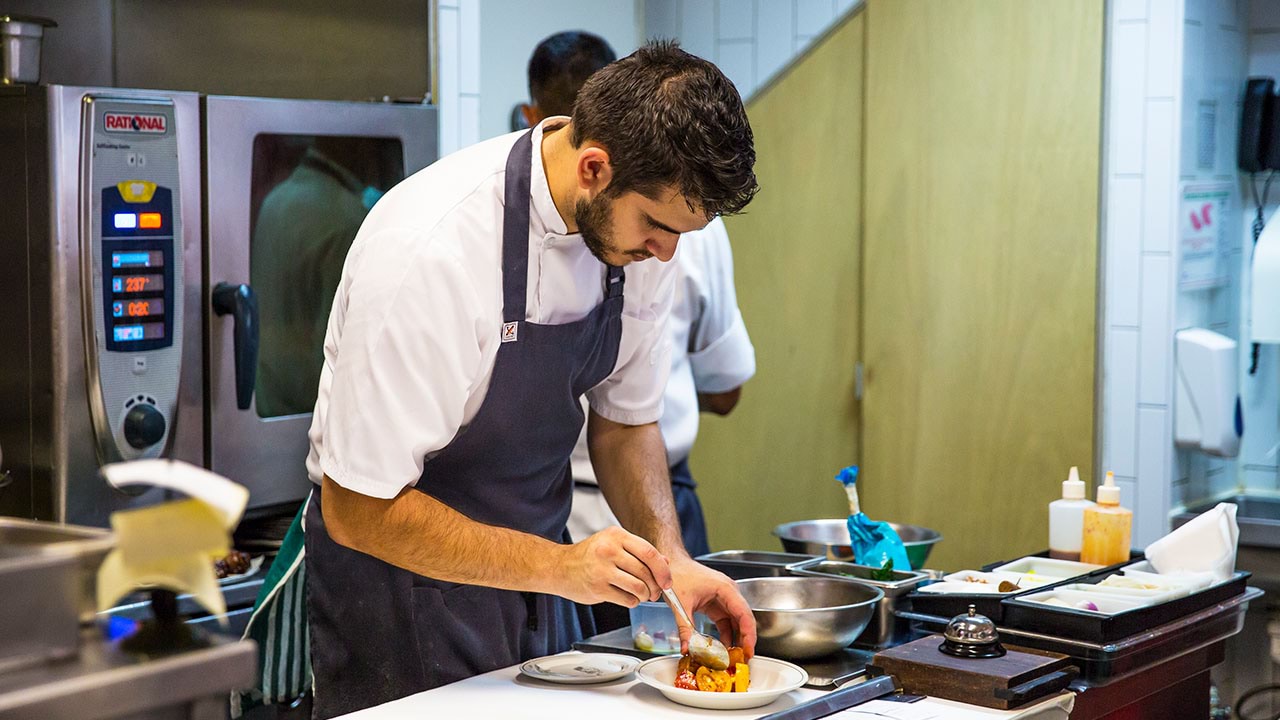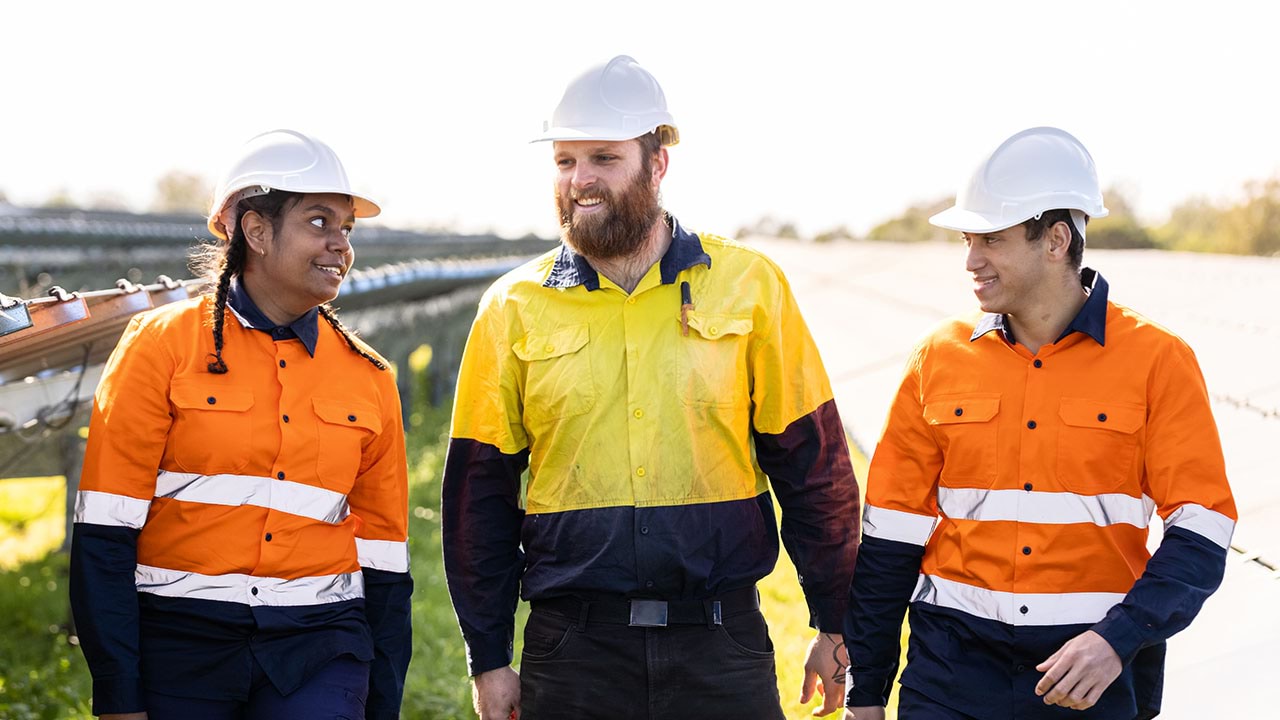Retail managers work in retail businesses. They supervise staff, manage stock levels and finances, promote products and help customers.
Find out what a retail manager does and the related Vocational Education and Training (VET) courses and pathways you can take to secure a job.
What is a retail manager?
As a retail manager, you will supervise and train staff, promote products and help customers. You will also manage stock, budgets and financial records. Product knowledge and customer service skills are essential. If you’re a people person and like to work on your feet, this job could be for you.
Find out more about retail managers(opens in a new window) and these related jobs on the Victorian Skills Gateway(opens in a new window):
- fashion designer(opens in a new window)
- florist(opens in a new window)
- horticultural nursery assistant(opens in a new window)
- nurseryperson(opens in a new window)
- retail supervisor(opens in a new window)
- sales assistant (general)(opens in a new window)
- visual merchandiser(opens in a new window).
Related training courses
Explore these related TAFE and training courses on the Victorian Skills Gateway(opens in a new window):
- fashion(opens in a new window)
- floristry(opens in a new window)
- nursery operations(opens in a new window)
- retail management(opens in a new window).
You may be eligible for government funding to help pay for your course.
Median salary
The median weekly earnings for retail managers in Australia is $1,472.
Source: Jobs Skills Australia(opens in a new window)
Note this salary is current as of January 2025 and is indicative only. A range of salaries apply to different roles across the industry.
Job demand in Victoria
Below are the projected employment for retail manager jobs in Victoria. Figures show the number of workers in 2024 and the new workers expected to enter the workforce by 2027 and 2034.
‘New workers expected’ accounts for workers adding new jobs to the economy and replacing retirees over the next 3 and 10 years. These projections are estimates only. There will be additional jobs available as people move between jobs and industries.
| Region | Workers 2024 | New workers expected by 2027 | New workers expected by 2034 |
|---|---|---|---|
| Victoria | 68,780 | 4,280 | 18,655 |
| Melbourne – inner metropolitan | 8,059 | 656 | 2,546 |
| Melbourne – inner south-east metropolitan | 5,932 | 278 | 1,293 |
| Melbourne – southern metropolitan | 11,004 | 2,727 | 605 |
| Melbourne – northern metropolitan | 8,320 | 632 | 2,797 |
| Melbourne – eastern metropolitan | 9,532 | 466 | 2,182 |
| Melbourne – western metropolitan | 8,522 | 849 | 3,409 |
| Ballarat and surrounds (Central Highlands) | 2,010 | 90 | 482 |
| Bendigo, Echuca and surrounds (Loddon Campaspe) | 2,668 | 109 | 589 |
| Geelong, Colac and surrounds (Barwon) | 3,813 | 205 | 1,086 |
| Gippsland | 3,173 | 203 | 711 |
| Horsham and surrounds (Wimmera Southern Mallee) | 559 | 9 | 57 |
| Mildura, Swan Hill and surrounds (Mallee) | 1,209 | 24 | 121 |
| Shepparton, Seymour and surrounds (Goulburn) | 1,307 | 41 | 220 |
| Wangaratta, Wodonga and surrounds (Ovens Murray) | 1,473 | 81 | 288 |
| Warrnambool, Hamilton and surrounds (Great South Coast) | 1,199 | 32 | 146 |
Source: Victorian Skills Authority Employment Projections Dashboard
Resources to plan your next steps
Visit our retail industry profile to find out about:
- what it’s like to work in retail, and some of the jobs you could do
- training and skills to work in the industry, and financial assistance to help pay for your course
- help getting a job in retail, and industry job projections for Victoria
- other free resources and advice to plan your training and career.
Explore growing industries in your region
Updated



